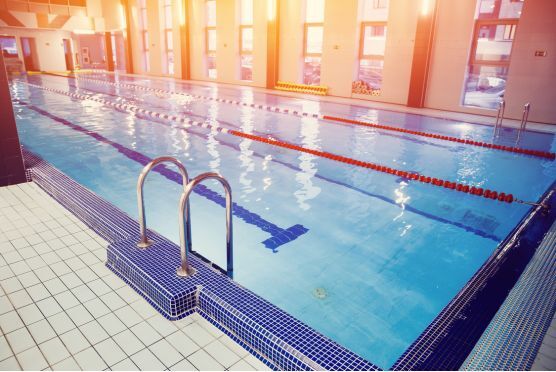Reducing energy use in nurseries and day care without disruption
You feel the squeeze every month. Heating needs to stay on, rooms must stay cosy, meals need cooking and laundry never stops. Children come first,...
4 min read
 Stephanie Beadling
Aug 7, 2025 11:50:56 AM
Stephanie Beadling
Aug 7, 2025 11:50:56 AM
.png)
For many venues, these fluctuations can push energy bills far higher than expected, especially when systems are working overtime behind the scenes.
But it doesn’t have to be this way. With the right adjustments, hotels can take back control and avoid sudden spikes, all without compromising guest comfort.
Here’s how.
It starts with understanding where the peaks come from.
In winter, heating alone can account for over half a hotel’s total energy use. Factor in the kitchen, lighting, and hot water, and the load adds up fast. On the other side of the year, big events can create short-term surges with lights, heating or cooling, AV equipment, and food preparation all running flat out.
Action:
Start by reviewing your past energy data to spot patterns. If you don’t already have access to this, speak to your supplier or energy partner about installing smart meters that can break down usage by time of day. Once you have the data, look for regular spikes, such as busy weekends in winter or event-heavy months, and plan around them. If you know your function room is only booked twice a week, you can schedule heating or cooling for those specific periods rather than leaving systems running all day.
Hotels already work hard behind the scenes to provide a smooth guest experience. Energy management shouldn’t be another burden. Small changes can make a big impact, especially when technology takes care of the details.
When heating systems are under strain, even small inefficiencies can drive up costs. Limescale, for example, is a common issue in hotel water systems, especially in hard water areas, and it can increase energy use by as much as 14%.
Action:
Make sure boilers, water heaters and pipework are serviced regularly, ideally every six months. If you’re in a hard water area, include descaling as part of your maintenance schedule. You can also install a limescale protection unit on the main water feed to help reduce build-up between services.
It’s also worth asking your maintenance provider to check whether your water temperature is set unnecessarily high. Keeping hot water at the correct level (usually 60°C to prevent Legionella) without overheating can reduce wasted energy without affecting safety.
A lot of winter energy loss comes down to one thing: the building itself.
Simple changes like draught-proofing, window film, or loft insulation can reduce heat loss considerably. For older properties or listed buildings, even small adjustments can make a real difference. If insulation isn’t an option, smarter control over heating (such as setting a consistent 19–21°C in guest rooms) can help balance comfort with efficiency.
Action:
If you don’t know where to begin, try using a handheld thermal camera or draught detector, both are low cost and easy to use. Walk around guest rooms, hallways, and common areas and mark any obvious cold spots, draughts or window leaks. From there, you can seal gaps around doors and windows, fit door brushes, or add blinds to help retain heat.
Even changing the location of a thermostat, for example, moving it away from direct sunlight or radiators, can stop your heating system from switching on unnecessarily.
Weddings, conferences, and big functions all create energy spikes but they’re also a chance to plan ahead and limit waste.
Start with a quick checklist for your team:
Action:
If you use a building management system (BMS), create pre-set modes for events, for example, a setting that switches on heating in the function room and kitchen but reduces usage elsewhere. If you don’t have a BMS, make sure there’s a manual checklist that gets used the day before and after each event. Don’t rely on people remembering, especially during busy periods.
After the event, reset your controls and check your energy readings. Tracking how much energy was used during the event compared to a regular day helps you fine-tune settings for the next one.
It’s easy to say ‘plan ahead’ but hotel teams are busy. That’s where having an energy partner helps. Someone who can monitor your usage trends, suggest practical changes, and take action on your behalf if needed.
At Troo, we work with hospitality businesses to make energy management easier, not more complicated. That includes help with budgeting and procurement, but also day-to-day advice on how to avoid peaks, keep your systems running efficiently, and ease the pressure on your team.
Because when energy’s running smoothly in the background, your team can focus on what really matters: the guest experience.
If your energy use is unpredictable or creeping up during peak periods, we’d be happy to take a look.
Book a quick call with our team. We’ll talk through your current setup and highlight where savings or efficiencies might be possible.

You feel the squeeze every month. Heating needs to stay on, rooms must stay cosy, meals need cooking and laundry never stops. Children come first,...

You juggle safety, warmth, happy faces, staff rotas and a budget that never stretches quite far enough. Energy prices and parent expectations haven’t...

Long hours, temperature-sensitive spaces and constant pressure on service can leave energy low on the to do list. Still, when comfort slips, guests...